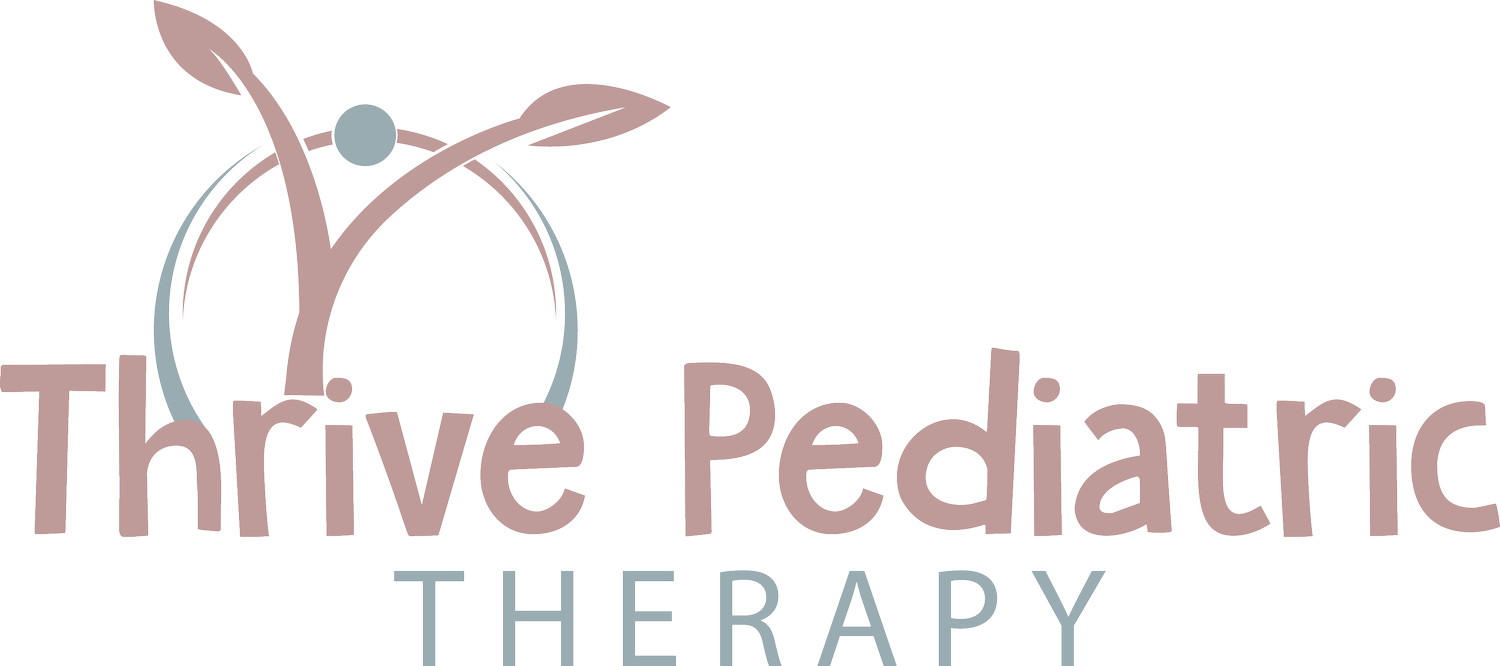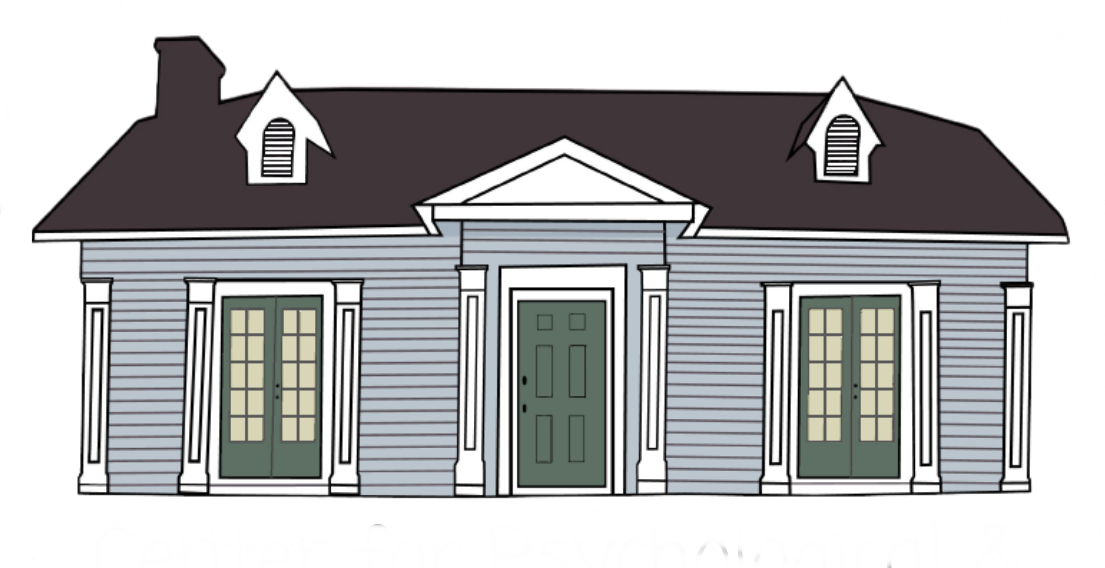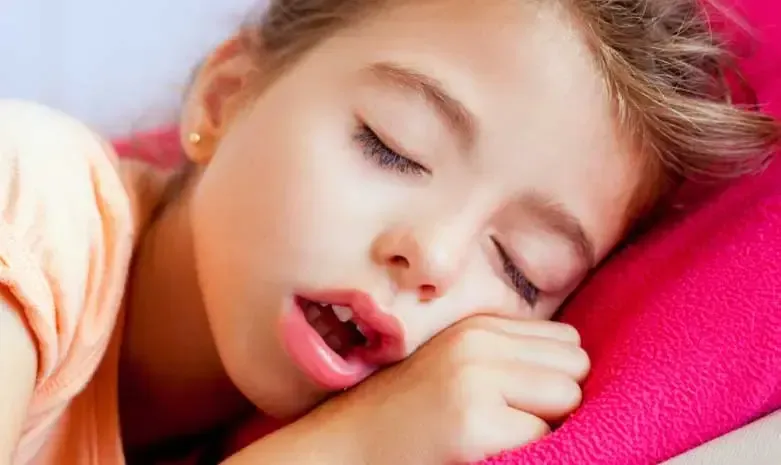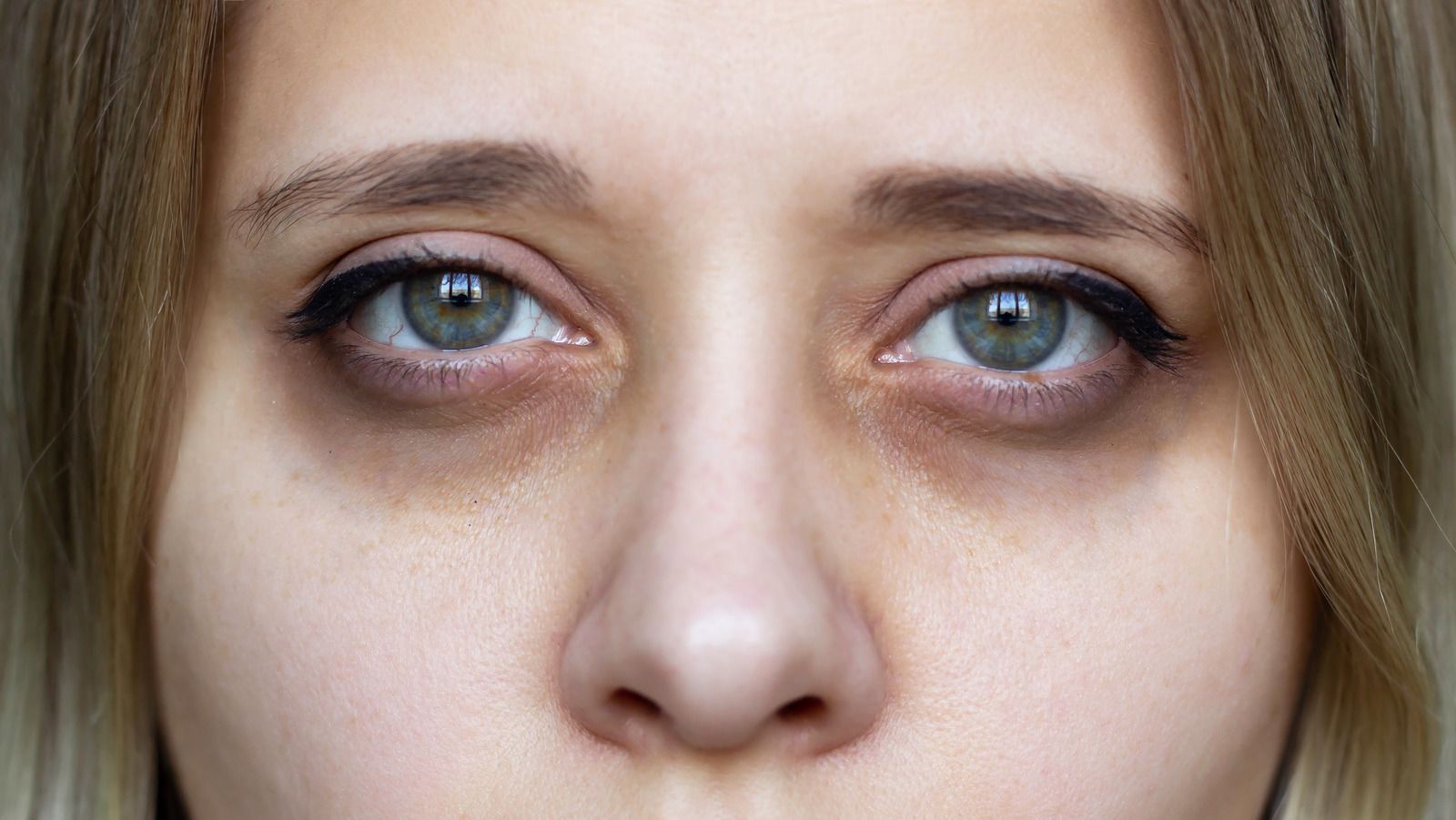Understanding Orofacial Myofunctional Disorders
A Holistic Approach to Breathing, Sleeping, Feeding, and Speech
As a feeding therapist, I’ve seen firsthand how everything in our bodies is connected. Orofacial Myofunctional Disorders (OMDs) are a perfect example of this intricate connection. These disorders interfere with how the muscles in your face and mouth work. When these muscles aren't functioning correctly, it can mess with your breathing, sleeping, feeding, and even how you talk.
When I was a child, my parents took me to the orthodontist because I had crowding in my teeth. They were told that to make more room and help me breathe better, some of my teeth needed to be removed. This resulted in a smaller jaw, which didn't help my breathing at all. Instead, I compensated by closing my mouth, but my tongue never learned what to do and ended up sitting at the bottom of my mouth. Fast forward to age 28, after years of open mouth breathing and snoring, my husband finally had enough of not getting enough sleep, and I had enough of feeling like a zombie throughout my day. Thus, my journey into understanding and treating OMDs began.
The Impact on Breathing
Breathing might seem like a no-brainer, but OMDs can really throw a wrench in it. Your face and mouth muscles help keep your airway open. When these muscles are weak or out of sync, you might end up breathing through your mouth more often, which can lead to dry mouth, dental issues, and even affect how your face grows over time (Jefferson, 2010).
Chronic mouth breathing due to OMDs can alter the development of your facial bones and teeth. For children, this is especially critical as their facial bones are still growing. Mouth breathing can lead to a long, narrow face shape, a high palate, and dental malocclusion (Harari et al., 2010). This altered growth can make breathing even more difficult, creating a vicious cycle that impacts overall health and well-being.
The Impact on Sleeping
Now, let’s talk about sleep. OMDs like obstructive sleep apnea (OSA) can make it hard to get a good night’s rest. With OSA, your airway gets blocked during sleep, causing you to stop breathing briefly and wake up gasping for air (Guilleminault et al., 1988). Not fun! This can result in fragmented sleep patterns, decreased oxygen levels in your blood, and excessive daytime sleepiness.
Children with untreated OSA may experience difficulties concentrating at school and behavioral issues like irritability or hyperactivity (Marcus et al., 2013). Over time, OSA can also increase the risk of developing hypertension and other cardiovascular problems due to the strain on the heart caused by repeated episodes of oxygen deprivation during sleep.
The Impact on Feeding
Feeding troubles are another biggie with OMDs, especially in kids. Imagine trying to coordinate sucking, swallowing, and breathing during feeding when your mouth muscles aren’t working right. It can lead to issues like slow feeding times, poor weight gain, and even the risk of choking (Gisel, 1991).
For infants, improper tongue function and posture can make it challenging to latch onto the breast or bottle effectively. This not only affects their nutrition but can also frustrate and exhaust both the baby and the parent (Hazelbaker, 2010). Early intervention to improve oral motor skills and tongue function can significantly enhance feeding success and overall development.
The Impact on Speech
Lastly, let’s chat about speech. Your ability to talk clearly relies on how well your oral and facial muscles work together. OMDs can cause speech problems like lisps or trouble making certain sounds (Kummer, 2013). Speech therapy helps, but without fixing the root cause—like airway issues or tongue posture—progress might be limited.
Children with OMDs may struggle with articulation, which affects their ability to communicate effectively. This can impact their social interactions and academic performance if left untreated (Kummer, 2013).
The Holistic Approach
As a feeding therapist, taking a holistic view of OMDs is key. It’s not just about fixing one symptom; it’s about seeing how everything ties together. Here’s how we tackle it:
- Airway Assessment: Making sure your airway is clear is priority number one. Breathing might seem like a no-brainer, but OMDs can really throw a wrench in it. Your face and mouth muscles help keep your airway open. When these muscles are weak or out of sync, you might end up breathing through your mouth more often, which can lead to dry mouth, dental issues, and even affect how your face grows over time (Jefferson, 2010).
- Tongue Posture: Your tongue plays a big role in breathing, feeding, and talking. Proper tongue posture means the tongue rests against the roof of the mouth, just behind the front teeth, when not in use. This position helps maintain an open airway, supports proper dental alignment, and facilitates efficient swallowing and clear speech (Bianchini, 2012).
- Oral Functioning: Strengthening and coordinating your oral muscles is crucial for overall oral health and effective function. This includes the muscles involved in chewing, swallowing, and speech. We use exercises and therapies to enhance muscle tone, coordination, and endurance (Mason, 2011).
By looking at all these pieces together, we create a comprehensive treatment plan that not only addresses the symptoms of OMDs but also promotes long-term health and well-being. This integrative approach ensures that each aspect of the disorder is managed in relation to the others, resulting in more effective and sustainable outcomes.
Orofacial Myofunctional Disorders are tricky because they affect so much of our daily life. As a feeding therapist, I’ve learned that taking a holistic approach—seeing how everything in your body connects—is the best way to treat OMDs. By focusing on your airway, tongue posture, and oral health together, we can make real progress in helping you breathe, sleep, eat, and talk better. It’s all about seeing the big picture and working towards a healthier you!
References
- Bianchini, E. M. (2012). Tongue posture and speech in children with oral breathing. *Pro-Fono Revista de Atualização Científica.*
- Gisel, E. G. (1991). Effect of oral sensorimotor treatment on measures of growth and efficacy of feeding in the moderately eating impaired infant. *Dysphagia.*
- Guilleminault, C., Partinen, M., & Quera-Salva, M. A. (1988). Determinants of daytime sleepiness in obstructive sleep apnea. *Chest.*
- Harari, D., Redlich, M., Miri, S., Hamud, T., & Gross, M. (2010). The effect of mouth breathing versus nasal breathing on dentofacial and craniofacial development in orthodontic patients. *Laryngoscope.*
- Hazelbaker, A. K. (2010). The Assessment Tool for Lingual Frenulum Function (ATLFF): Use in a lactation consultant private practice. *Clinical Lactation.*
- Jefferson, Y. (2010). Mouth breathing: adverse effects on facial growth, health, academics, and behavior. *General Dentistry.*
- Kummer, A. W. (2013). Speech therapy for errors secondary to cleft palate and velopharyngeal dysfunction. *Perspectives on Speech Science and Orofacial Disorders.*
- Marcus, C. L., Moore, R. H., & Rosen, C. L. (2013). A randomized trial of adenotonsillectomy for childhood sleep apnea. *New England Journal of Medicine.*
- Mason, R. M. (2011). Orofacial myofunctional therapy: Why now? *Dental Clinics of North America.*




(404) 585-8269
In Home Services Around Dunwoody , GA
In Office Services in Cumming, GA
info@millerfeedingsolutions.com
(404) 282-1017
Cumming Office Collaborative Care Partners:



Center for Psychological & Educational Assessment
Comprehensive clinical, educational, and psychological assessments.
NOT MEDICAL ADVICE DISCLAIMER: The content of this website, posts, and blogs does not constitute medical advice. If you have concerns about any health or medical condition, diagnosis, or treatment, you should consult with a licensed healthcare provider. If you are experiencing a medical emergency, you should call 911 immediately.








